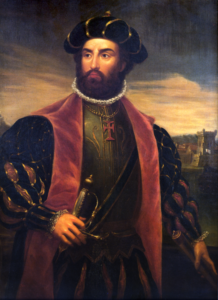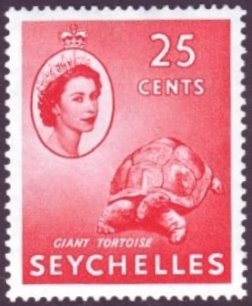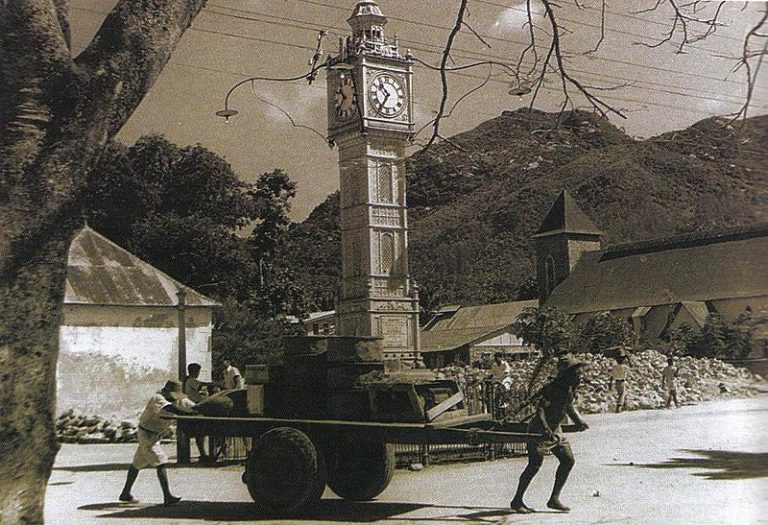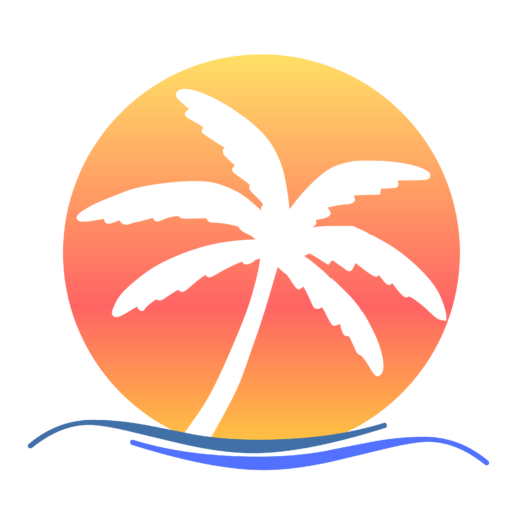History of Seychelles
The history of Seychelles is a rich tale of exploration, discovery and humble beginnings. It is a relatively young nation compared to others, remaining uninhabited until the 18th century.
Although it is believed that Arab seafarers were the first to visit the Seychelles, there is no official recording of the islands’ sightings until 1502 when Portuguese navigator, Vasco da Gama spotted the islands on one of his journeys between India and East Africa.

It would be over a hundred years later, in 1609, that the first recorded landing would be made by the British East India Company. No official claim was made by the British however.
The pirates later arrived in the Indian Ocean and began using the islands as refuge. Legendary pirate, Olivier Levasseur, aka La Buse (the Buzzard) is responsible for a number of pirate raids in the area, the most famous being the capture of the Portuguese Nossa Senhora do Cabo (Our Lady of the Cape). She was said to be carrying one of the greatest loads of treasure in history. Levasseur is known to have visited Seychelles frequently and many believe that his treasure is buried there. Over the years, the search for this treasure has led to many hunts and expeditions. Bel Ombre, on the island of Mahé, is one of the most popular treasure sites where numerous excavations have taken place over the years.
In 1742, after many had passed through, Bertrand-Francois Mahe de La Bourdonnais, the then governor of what is now Mauritius, sent out a vessel to investigate the islands north-east of Madagascar. One of his main aims was to create a faster route from Mauritius to India. The man in charge of this expedition was Lazare Picault. Later, Picault named the main island of Seychelles Mahé, after his governor. It would be years later however, in 1756, when the French officially laid claim to the islands, naming them after Viscount Jean Moreau de Sechelles, the Minister for Finance during the reign of Louis XV.
It wasn’t until 1770 that the first group of settlers actually arrived on the Seychelles island of St. Anne and began cultivating. It took time and much failure before they began to really thrive. Unfortunately, many species were hunted into extinction during this period, including the endemic Seychelles crocodile.
With the start of the French Revolution, the small colony in Seychelles decided that they would become independent and run their own colony. In 1794, Jean-Baptiste Queau de Quincy took over command of this colony. During the long period of the Napoleonic Wars, as the islands were being fought over between the French and the British, Quincy did what he could to avoid bloodshed by remaining neutral.

With the end of the Napoleonic Wars, and Britain’s victory, control of the islands was handed over to the British in 1814. But although under British control, the culture of the islands remained largely French.
Over the years and under British rule, the islands grew. A range of businesses began in the town of Victoria and schools, roads and churches were built.
In 1903, the Seychelles became a crown colony, separate from Mauritius. Sir Ernest Bickham Sweet-Escott became the first governor. This event was commemorated by a replica of London’s Vauxhall Bridge clock tower being erected in the centre of Victoria.

As the islands became more developed and the growing population more educated, interest in politics grew. In 1964, the first two political parties were formed. The Seychelles People’s United Party (SPUP) (later known as the Seychelles People’s Progressive Front – SPPF), was led by France Albert Rene. The Seychelles Democratic Party (SDP), led by James Mancham, was also created.
It was not until June of 1976 that the Seychelles were granted independence by the British. Sir James Mancham became the first President of the republic. The following year, a coup d’etat led by Albert Rene deposed President Mancham. The Seychelles then became a one-party state.
In the early 1900’s, President Rene, due to international influences, announced the return of a multi-party democracy. In 1992, elections were held and won by Rene. He remained in power until 2004, when he handed over the Presidency to his Vice President, James Alix Michel. Michel held the Presidency until October of 2016, when he passed it on to his Vice President, Danny Faure.
In the most recent elections of 2020, the long-time opposition leader, Wavel Ramkalawan, won the Presidency. He is the 5th President of the republic.
Today, the population of Seychelles stands at 98,908. It is a culture-rich country of beautiful beaches, gorgeous sunsets, stunning scenery and amazing wildlife. It’s no wonder that it is known as the islands of paradise.
Choose one of the options below to learn more about Seychelles –



